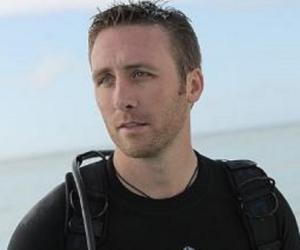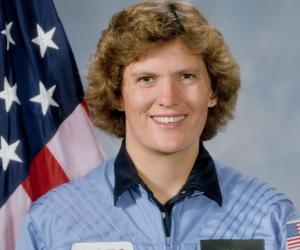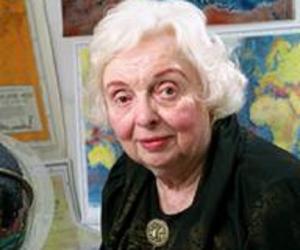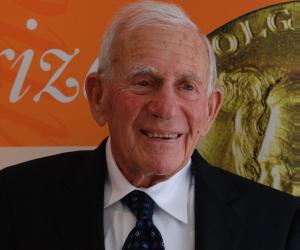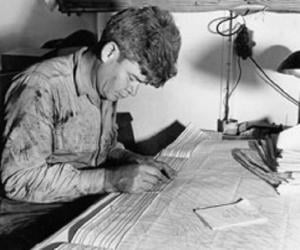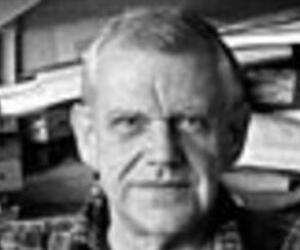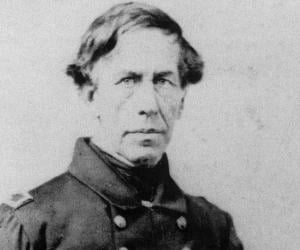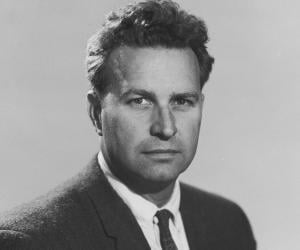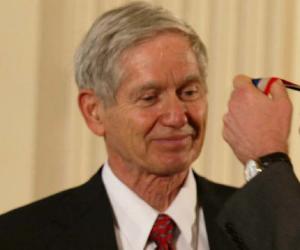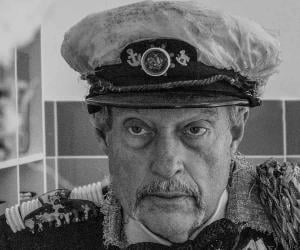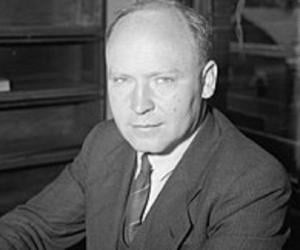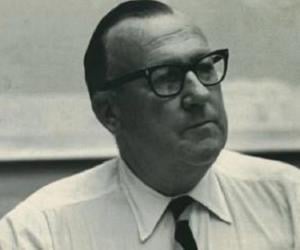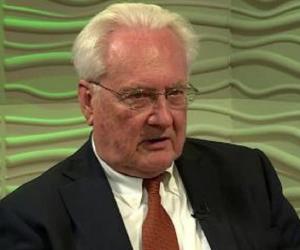1
Sylvia Earle
(The First Female Chief Scientist of the ‘U.S. National Oceanic and Atmospheric Administration’)
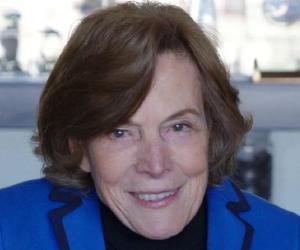
35
12
Birthdate: August 30, 1935
Sun Sign: Virgo
Birthplace: Gibbstown, Greenwich Township, New Jersey, United States
Sylvia Alice Earle is a prominent American marine biologist, oceanographer, explorer, author, and lecturer. She has held significant roles such as the first female chief scientist of the U.S. National Oceanic and Atmospheric Administration. Earle has been a National Geographic Explorer at Large since 1998 and is known for her dedication to protecting the ocean and its wildlife through her involvement with Ocean Elders. She has been recognized for her environmental activism and advocacy for sustainable practices, particularly in relation to promoting plant-based diets as a solution to issues in the seafood industry.
